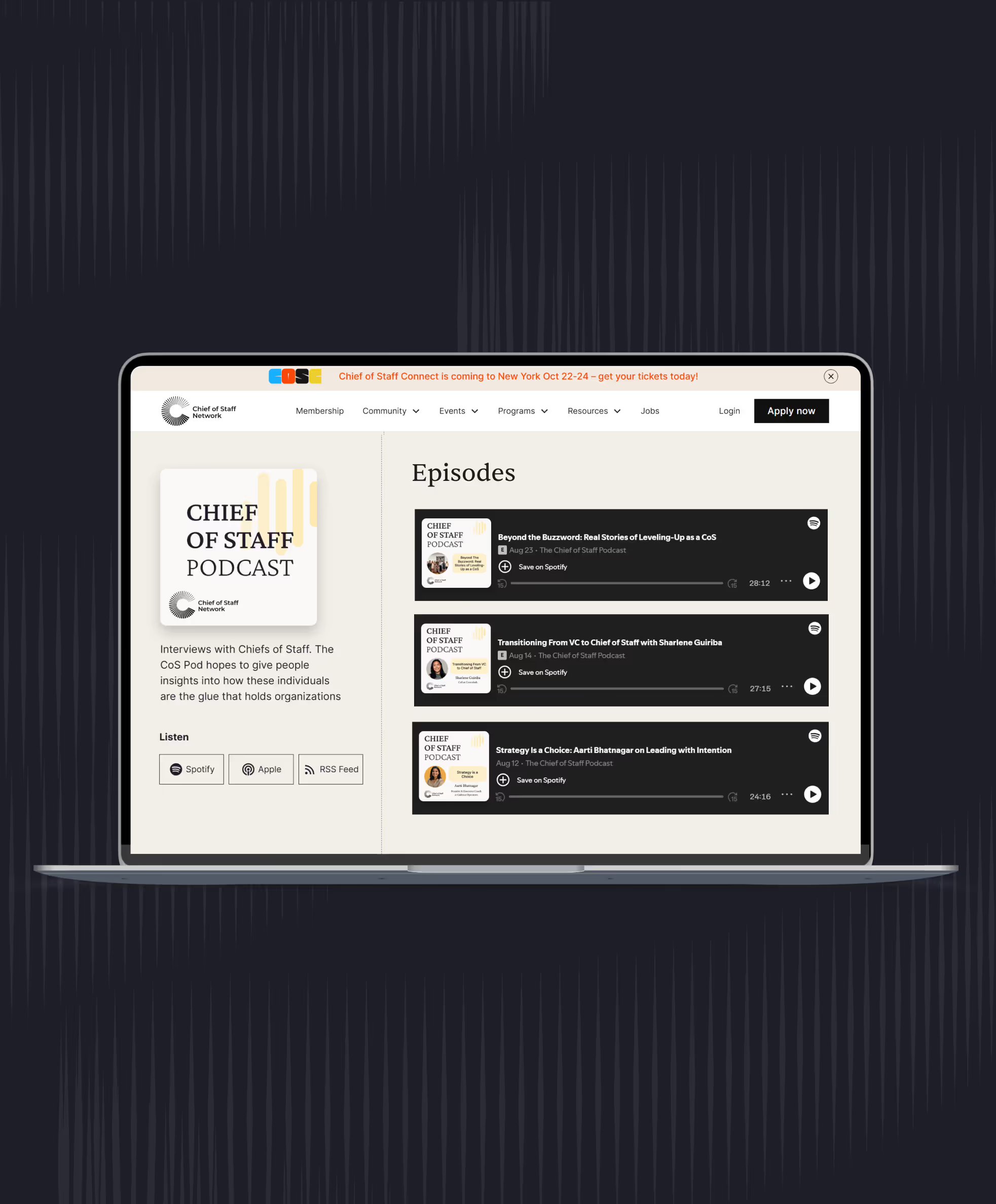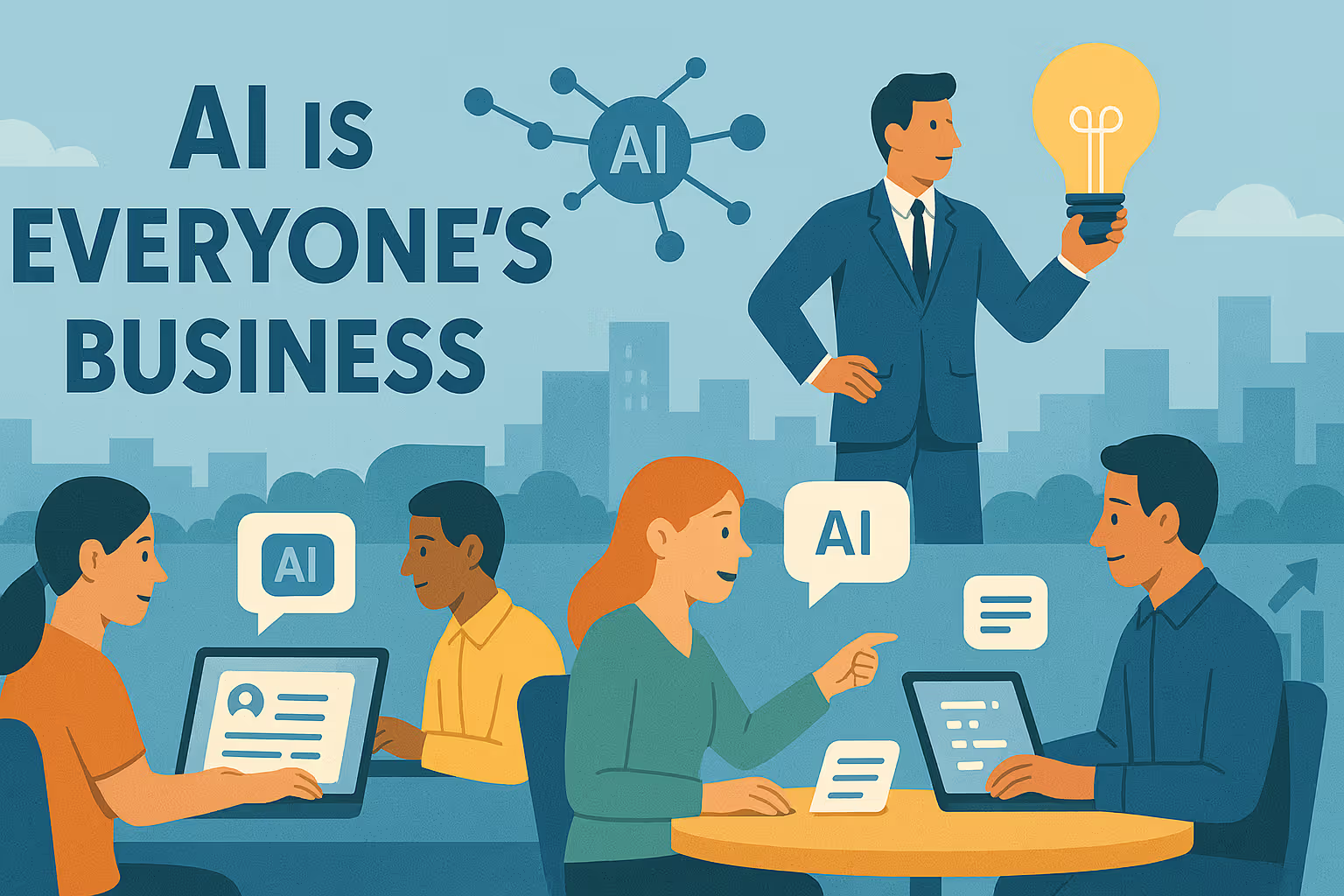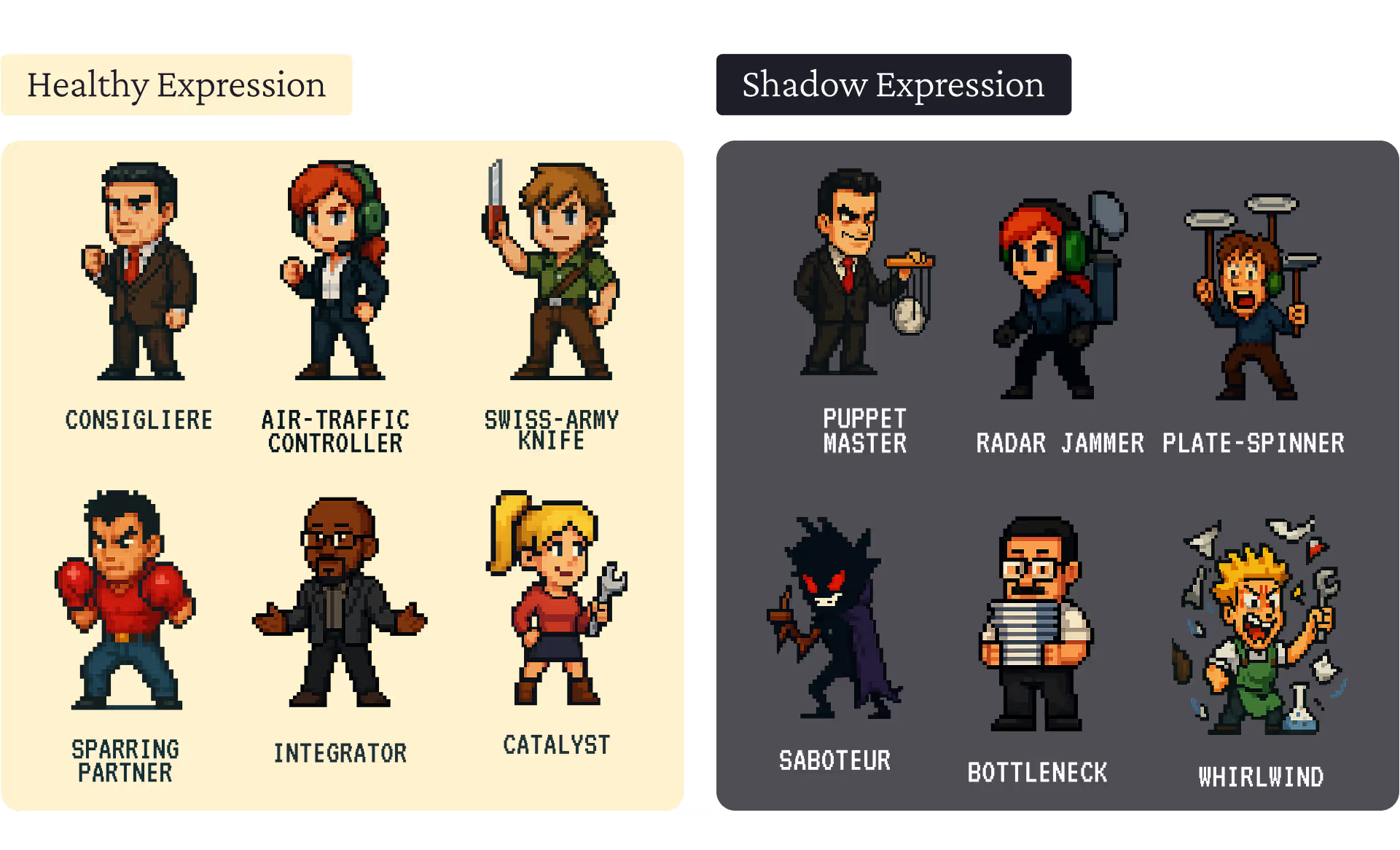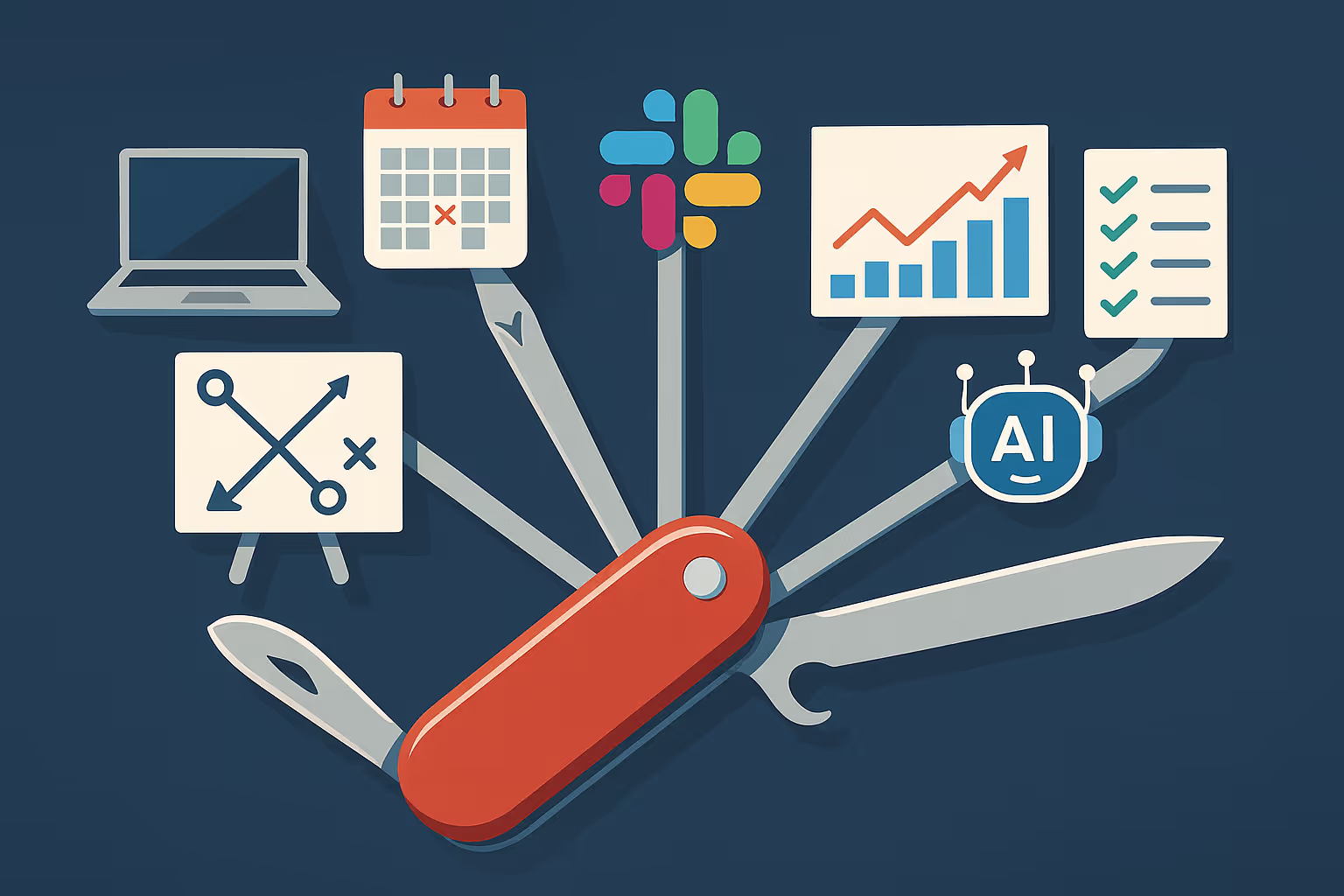Three years into the era of generative AI, two clear business truths have emerged: AI tools are powerful and cannot be ignored in any company's strategic planning, yet organizations across all fields simply don't know where to start their adoption process. Like a child overwhelmed by choices at an ice cream shop, the multitude of AI options leaves managers paralyzed, unsure how to evaluate, select, and eventually adopt the tools they need.
From conversations with dozens of operators across various industries, the key to successful AI adoption is not a CEO's decision on which tool to license. For a company to truly adopt AI working methods, it needs to shift its mindset. For chiefs of staff and other operators, it means helping a company navigate uncharted territory. Rather than focusing on building a comprehensive AI roadmap upfront, management should take a different approach: set the company on a discovery path. Allow each department to explore where AI can meaningfully help them—whether automating routine reporting in finance, streamlining candidate screening in HR, boosting productivity for software engineers, or accelerating content creation. Equip teams with the tools, mindset, and cultural permission to experiment.
This strategy has two essential components: bottom-up experimentation and top-down signaling of intent. At Lightricks, we implemented this through two pivotal decisions: remove as many internal barriers as possible to testing and using AI tools, and make clear throughout the organization that AI adoption is a top strategic priority. As a result, over 80 percent of Lightricks employees use an AI-first tool on a daily basis.
To remove barriers, we established a simple rule: the default answer to AI exploration should be "yes." Budgets wouldn't block initial pilots. Legal, IT, and security teams were empowered to ensure compliance and safety while being asked to resolve rather than restrict. Their role became enabling safe exploration, not halting it. Once tools were tested and proven valuable, we scaled them across teams.
Simultaneously, leadership made clear that AI is everyone's business, from the CEO to every employee. AI adoption became part of the company’s strategic themes. At management meetings, I ensured C-level executives regularly shared how their departments were (or weren’t) leveraging AI, from using LLMs to evaluate marketing materials to best ways to use AI for coding, everything was on the table. Slack channels discussing AI tools and tips for coding, marketing and design gained popularity. Another topic discussed was our hiring practices, which shifted as managers began actively seeking employees with AI-first mindsets.
In the early 2000s, job seekers proudly highlighted their proficiency in Excel or PowerPoint. Today, they showcase their fluency in AI tools. Before long, listing prompt engineering on a résumé may be viewed much like listing "email"—assumed, expected, and no longer noteworthy. Just weeks ago, my daughter told me her second-grade computer class was learning "how to talk to ChatGPT."
Hiring funnels and processes are an example of where companies can move quickly to embrace change and welcome the future. Make sure assignments given to candidates actively encourage or require the use of AI. Interviewers and hiring managers should ask how candidates integrate AI tools into their workflows, or why they prefer one tool to another. These practices signal that an organization values people who don't just accept AI, but lean into it.
Changing hiring practices, or talking about AI adoption at a department all-hands meeting serve the same purpose: they help drive drastic organizational change. Rather than getting stuck in analysis paralysis, companies should send a clear signal: we expect you to talk about AI, use AI and hire people who are fans of AI. And yes - finance, legal and security teams will do their best to streamline the process and make it less challenging.
When barriers are removed and intent is made clear, organizations can build a culture where AI adoption spreads organically, quickly, and with purpose. That, not by dictating the use of a specific tool, is how you stay relevant in the age of AI.
Aaron Kalman has been Lightricks' Chief of Staff for over four years. Before transitioning to the tech world, Aaron worked in senior advisory and leadership roles in government, NGOs and philanthropic organizations. While his day job revolves around Generative AI and company processes, he still enjoys debating public policy over good whiskey.





.avif)
.avif)








